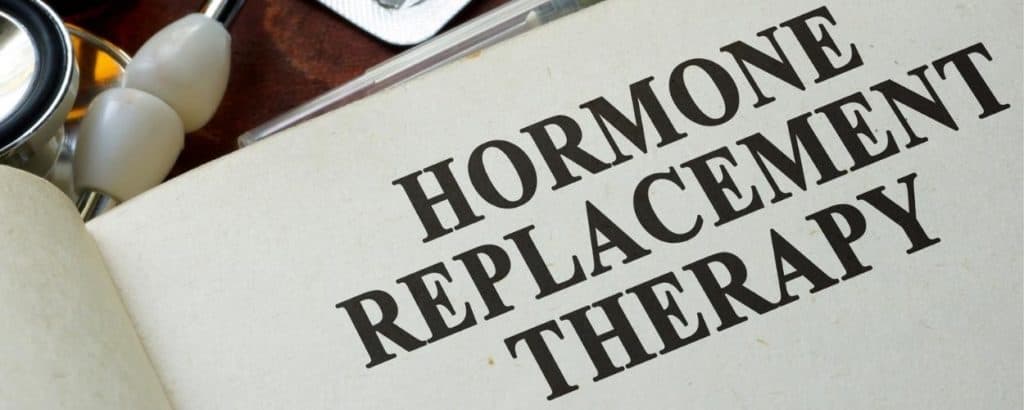
is testosterone replacement therapy expensive
cheapest testosterone replacement therapy
It is a challenging task to create educational materials about testosterone replacement therapy for healthcare professionals. This provides healthcare providers with the skills and knowledge they need to manage this important treatment. These educational materials should cover a variety of topics such as the indications for testosterone replacement therapy and the risks and benefits of treatment. They also need to address the best methods for monitoring patients who are receiving testosterone therapy. Healthcare providers should be informed about potential side effects and how to manage them. Educational materials should also include information on possible interactions between testosterone replacement therapy, other medications, and any medication that may be prescribed to the patient. Healthcare professionals should be able to access the most current research and best practices in testosterone replacement therapy. Healthcare providers can use comprehensive educational materials to help them safely and effectively recommend the therapy to patients.
You must be entirely comfortable with the provider's knowledge of TRT; otherwise, you need to be in the right place.
We now hope you are paying attention. Injectable testosterone cypionate is the most effective and popular form of testosterone available today. Because your body absorbs testosterone poorly, topical or oral testosterone replacement is not effective. The only option available was the injection of testosterone citrate. This testosterone replacement was previously administered via injection into the muscle, primarily the gluteus muscle. A healthcare worker should administer intragluteal injections at least twice per week. This requirement can be a serious hindrance to your social life. Men who have testosterone injections will gushe about it and rave about it. Their lives revolve around getting their shots.




